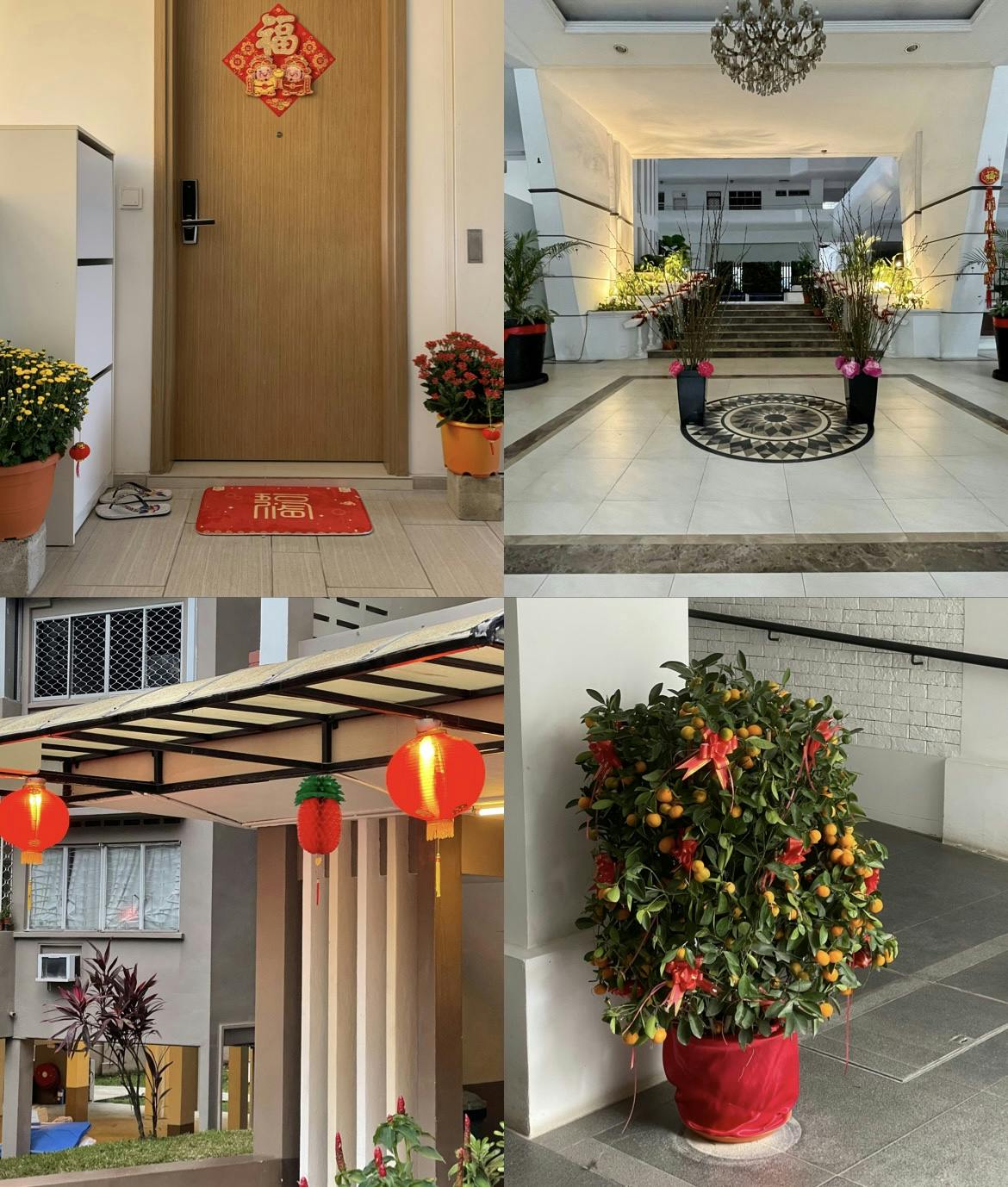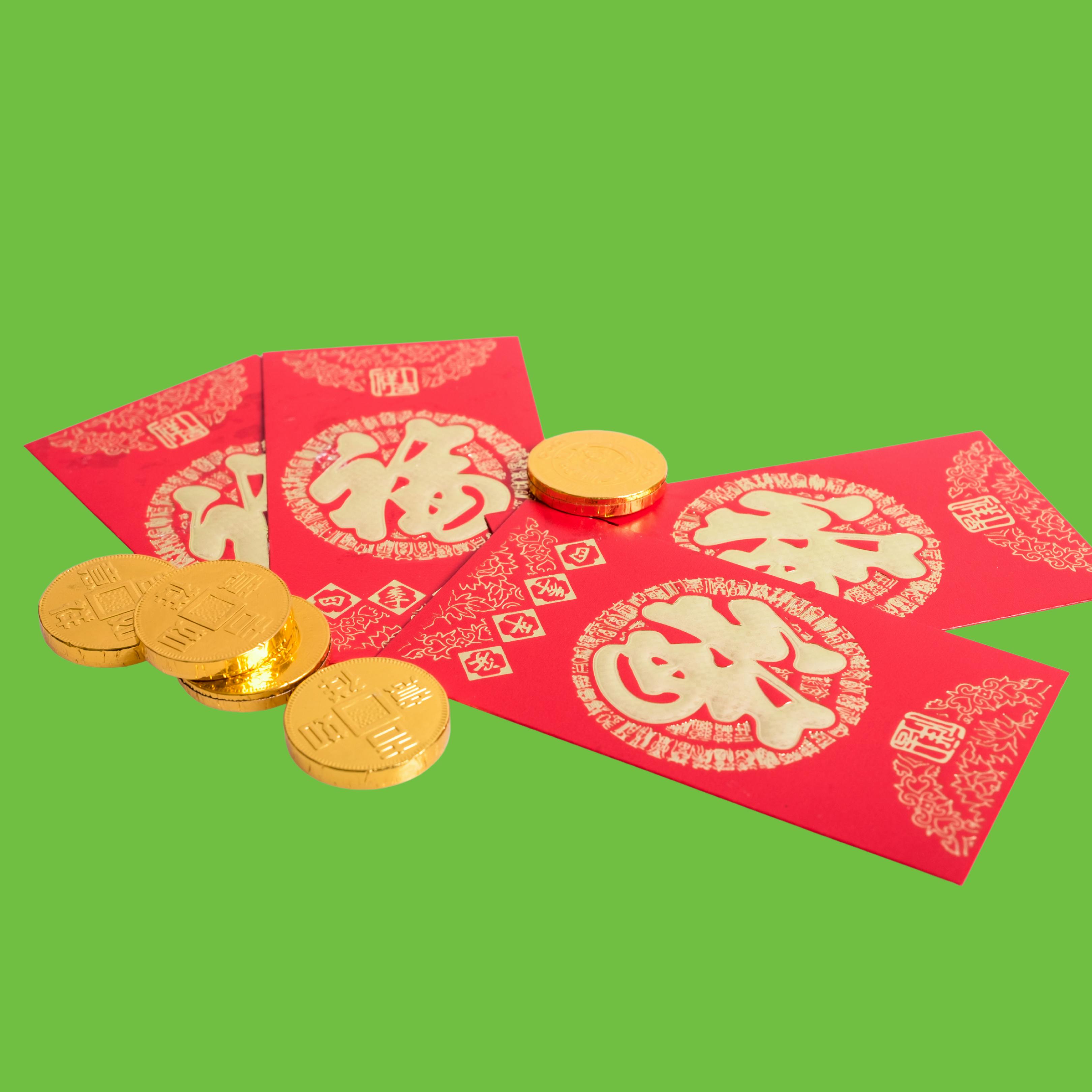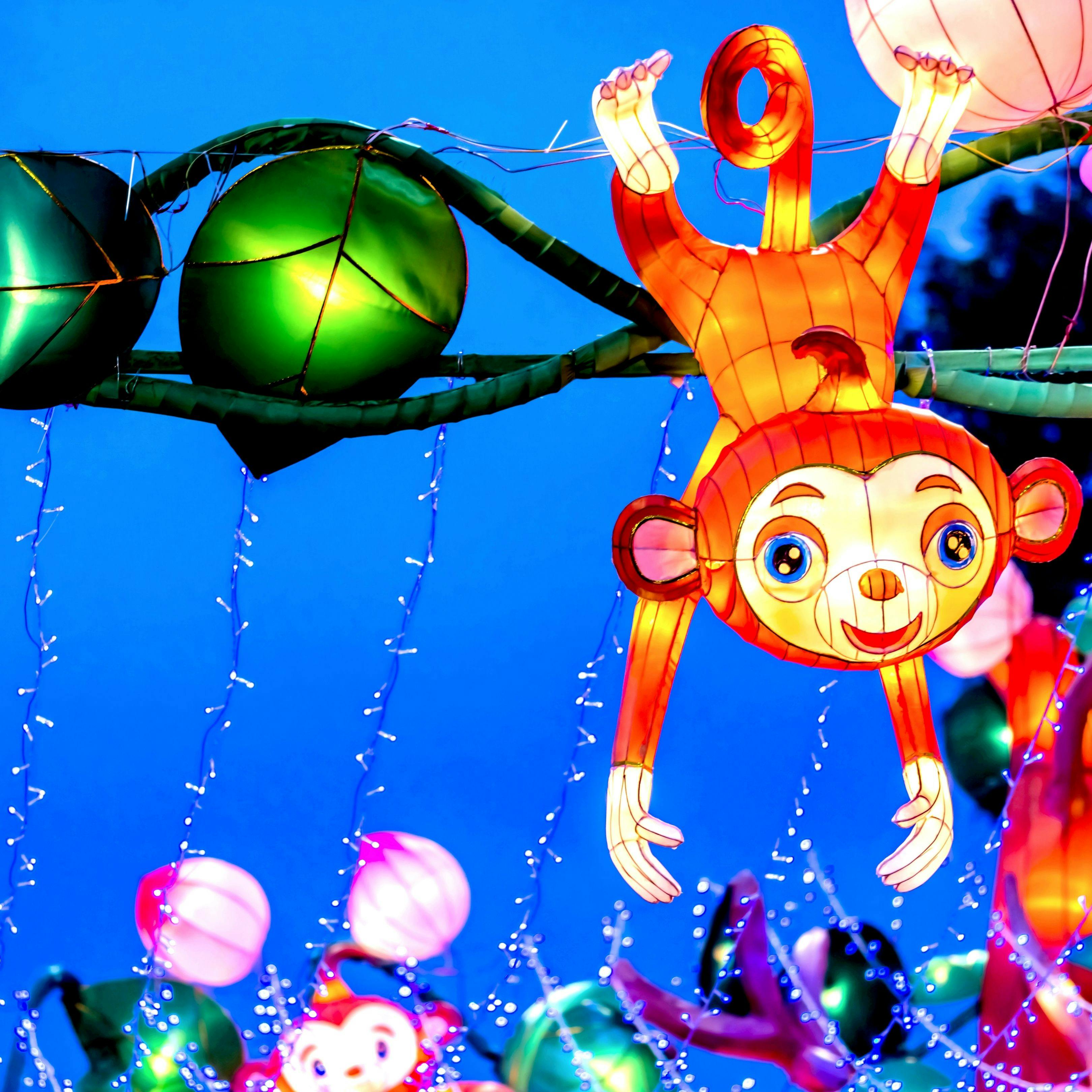Lunar New Year - What is it and how is it celebrated?

27 Jan 2022
For those of you who are new to Singapore, you might notice that around January time there are various beautiful decorations displayed around town. You may find an orange tree by your condo entrance, your neighbour could have a special red and gold door couplet or there might be lanterns hanging outside of restaurants and on the streets. All of these decorations are used to celebrate the Lunar New Year which is typically celebrated in January or February, depending on the Lunar Calendar.

What is the Lunar New Year?
Lunar New Year is an event celebrated in many different corners of the world. Traditions vary from country to country but the same theme stays. Lunar New Year is all about seeing out the old year and welcoming in a new year full of luck and prosperity. Typically, the festive period lasts around two weeks ending with the ‘Lantern Festival’ which falls on the 15th day of the Lunar Year. The Lunar New Year is a major event, if not the most important, in China as well as other Southeast Asian countries. It is known as Chinese New Year in China, as Seollal in South Korea, Tet in Vietnam and Tsagaan Sar in Mongolian. However, it is not only restricted to Asia! You can find many people celebrating in Western cities too, such as London, Vancouver and New York.

How is the Lunar New Year celebrated in Singapore?
As mentioned before, although the theme is the same, countries may celebrate this occasion differently. This festive period begins with everyone preparing their homes. This is a highly symbolic activity. This can be done months in advance and is known as spring cleaning. It is said that spring clean is a way to remove the bad luck from the previous year and prepares the ushering in of good luck for the new year. Immediate family members would gather around to have their reunion dinner on New Year’s Eve. In Singapore this would typically be a meal of hotpot. Another important event during dinner is Lo Hei! The vibrant centrepiece is also known as the 'Prosperity Toss' where each ingredient has a different value towards the new year. For example, the shredded green radish means eternal youth (loads of that one in this years Lo Hei please), sesame seeds and peanuts represent for your house to be filled with wealth or your business to flourish, whilst the gold crackers symbolise more wealth than you can ever spend. Have a read here to find else what is mixed and tossed in the Lo Hei and what it represents!
The younger members of the family would then stay up past midnight to 守岁 (direct translation is staying up late, a little bit like a New Year's vigil). This is seen as an act of filial piety carried out by sons and daughters which brings longevity to the parents, and the longer the children can stay awake, the better.
- On the first day of the Lunar New Year, married couples will spend the day with the husband’s side of the family. On the second day, the married couple will make their way to the wife’s family home to visit. The subsequent days can be spent with friends or the extended family. It is during these days that the famous red envelopes (angbaos/hong bao/ang pow/ang pao, as you can see there are many different names for them) are exchanged. They usually contain new money, but watch out in case you are wanting to give someone an angbao. Make sure the sum is not an odd number, even better include an 8. So $8, $18, or better yet $888!) Singles do not have to give out angbaos. Red envelopes are given out by married couples to their parents, children, or other single adults. During this time no sweeping is allowed as it is believed to sweep the good luck away. The same belief applies to hair cuts (which is why salons normally charge an extra fee about two weeks out from the first day of the Lunar New Year).

- The followings days are also when the firecrackers are set off and when people make offerings to their ancestors to show respect. This is done by offering different kinds of food and burning joss sticks, as well as joss paper, which is placed in front of the shrine. All of these offerings are given before the relatives join together to eat as they would like their ancestors to “eat” first. Companies and families alike like to organise lion dances to usher in the new year, along with inviting a 财神爷 (God of Wealth) for prosperity, wealth and to rid/prevent bad luck.
- The seventh day is known as 人日 (ren-ri, “birthday of man”) - so you’ll see everyone wishing one another Happy Ren-Ri on this day.
- The days after are followed are continued by visiting friends and family, giving angbaos and oranges (given for good luck and success).
- After the eighth day, people tend to get back to their daily routines and go back to work until the 15th which is when the Lantern Festival is. During this occasion you can see the lanterns around, eat sweet dumplings and watch more fireworks.

Lunar New Year 2022 - Year of the Tiger
Each year is associated with an animal sign according to the Chinese Zodiac Cycle. The Lunar Year of 2022 is the year of the Tiger. Those born in 1950, 1962, 1974, 1986, 1998, 2010 (as well as those born this year) are all Chinese zodiac signs of the Tiger. Typically this sign is associated with strength and bravery. If you were born in these years, why don't you have a look at what some other personality traits are embodied by the zodiac of the Tiger!
Don’t get excited too fast though, people born in a year of the Tiger will experience their zodiac year (Ben Ming Nian). Although this may seem great at first, those people are believed to experience bad luck. Wearing red will bring them good luck, hence why you may see many people around town wearing something red!
Happy New Year!
From all of us at Casa Mia Coliving, we wish you all the best for the Year of the Tiger. May the year bring you good luck and fortune.


